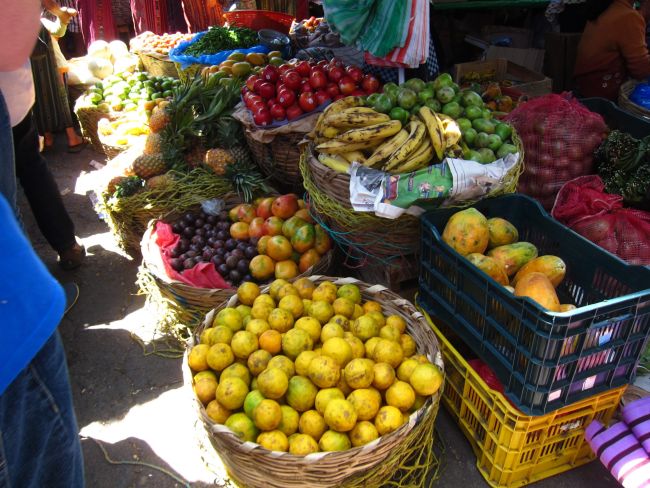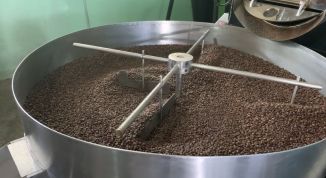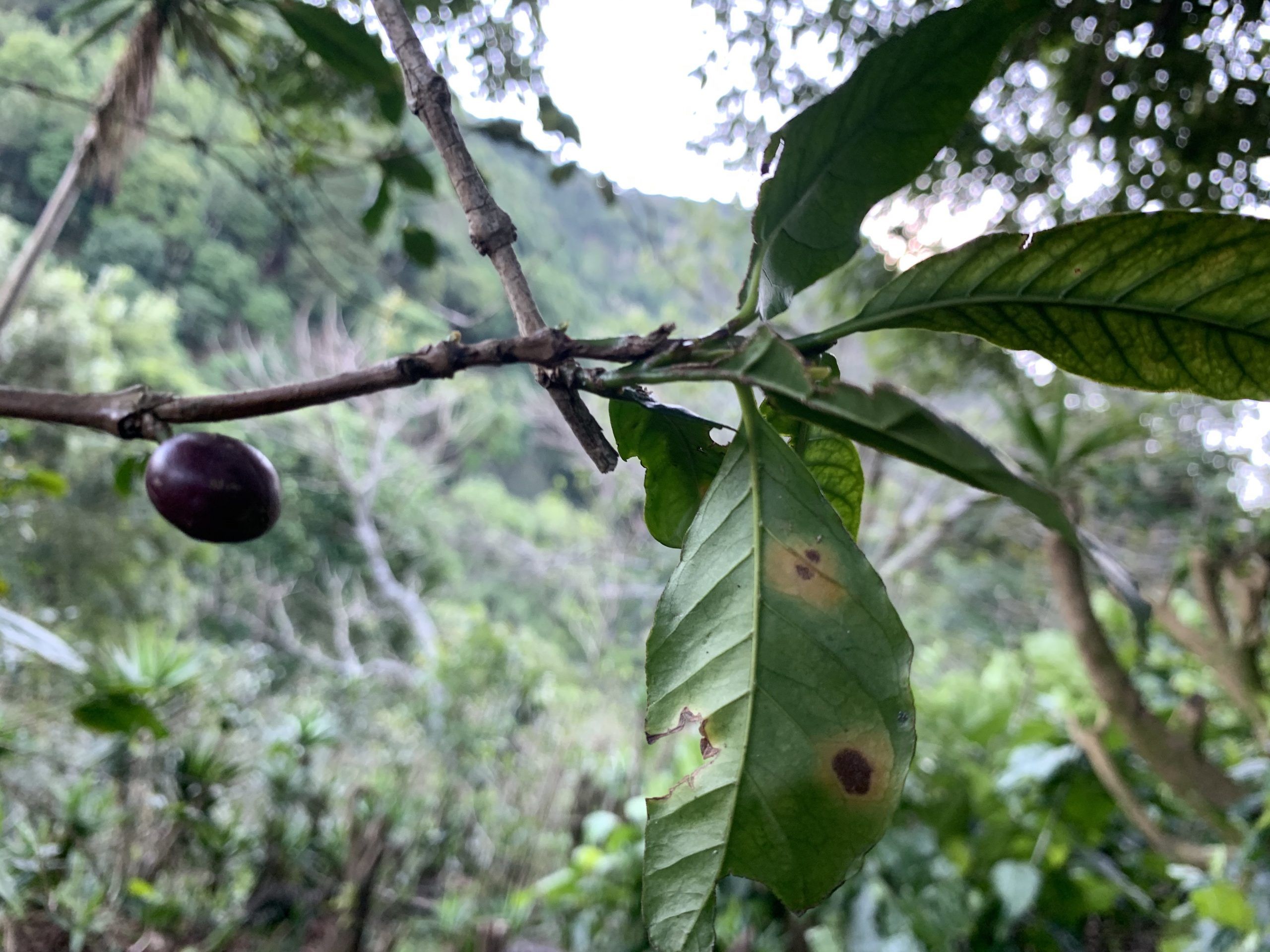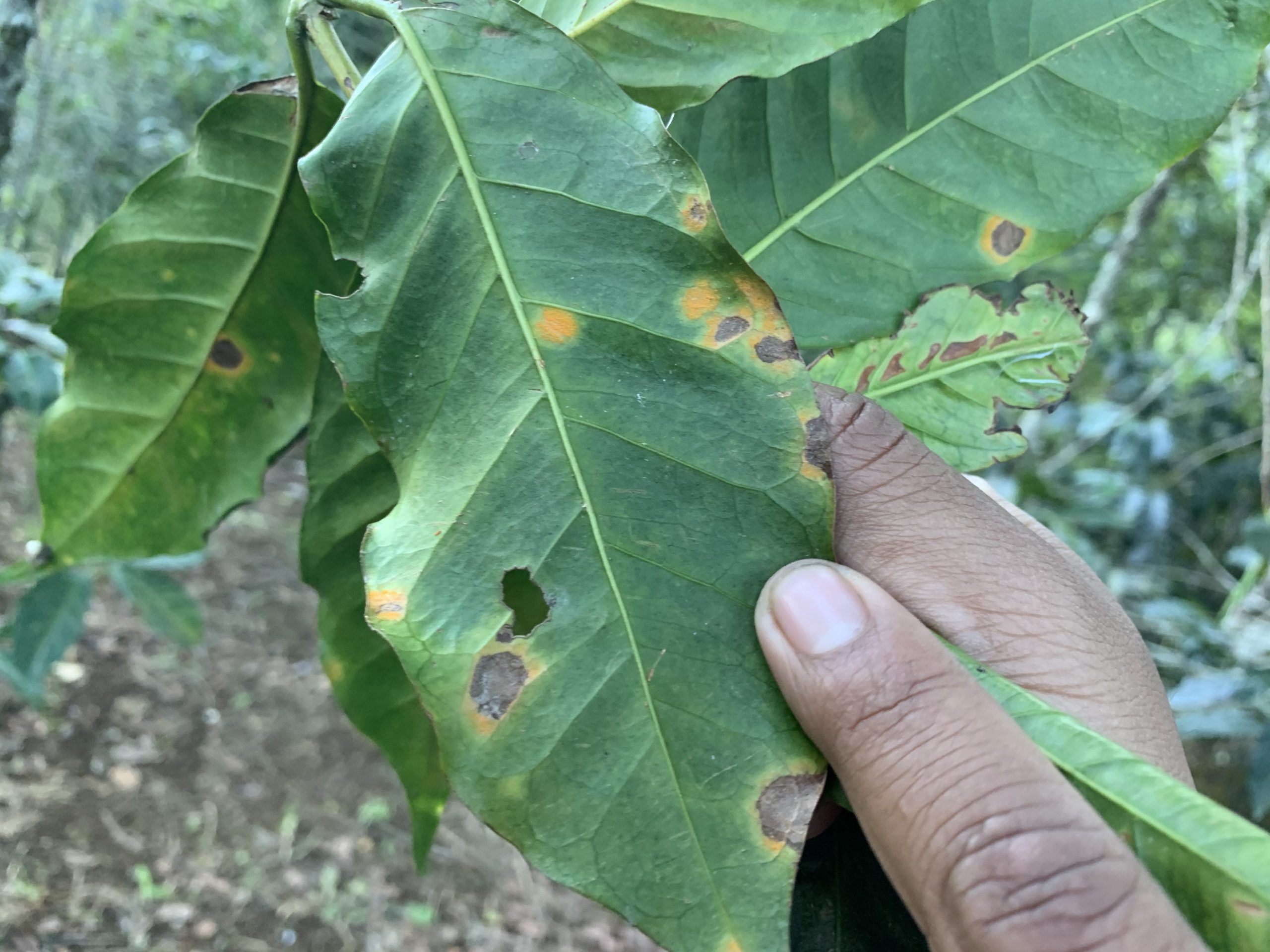Guatemala possesses an abundance of natural resources and a diverse environment. It could be a rich country. However, climate change is now added to the many factors that, instead, have made Guatemala exploited and poor. With little mitigation and adaptation taking place, many poor Guatemalans are forcibly displaced and migrate north to the United States.

Agriculture Decline
Guatemala has tremendous potential for expanding its agricultural production, which would lead to rural economic growth, job creation and poverty alleviation.
However, climate change has produced severe weather conditions that affect agricultural production and food security. The changing environment has made it difficult for people to adapt, causing many to be displaced.
Coffee is an extremely important cash crop for Guatemala’s economy. However, throughout the years there has been a decrease in productivity.
Reports indicate that the rainy season is starting later as a result of climate change. This puts poor communities and farmers at risk of food shortages from poor harvests.

Farmers in the Dry Corridor are trying to survive with the influx of rainfall. According to Daniel McQuillan, head of agriculture for Catholic Relief Services for Guatemala and Mexico, Guatemala is receiving as much as 100 millimeters of rain at a time and then is without rain up to as 20-45 days.
“Once that seed is in the ground and there’s no water and no humidity, you’ve automatically lost your harvest right there. And What we’ve been seeing is that some families are losing upward of 75 percent of their harvest,” McQuillan wrote in “Living on the Edge of Climate Change.”
Throughout the year, many farmers prepare to have one main planting season to be successful. Without it, many farmers struggle to meet ends need falling further into extreme poverty.
Low international coffee prices have severely affected farmers’ cash flow, imposing more pressure on crop and farm management.
According to USAD Agricultural Services, “Coffee farmers are experiencing significant losses and increasing loan defaults, resulting in considerable migration of farmers from the rural areas to the city, including many migrating to the United States…on June 8, 2018 Total national production for MY2018 closed at 3.4 million bags, down 10 percent from the previous estimate, due to an extended drought during the harvest season.”
Coffee Rust
Starting in 2012, many farmers faced a new challenge. Coffee leaf rust, a fungus, is a disease that kills coffee crops and has the potential to eliminate livelihoods.
Coffee leaf rust flourishes in a specific temperature range of 64–73 degrees Fahrenheit. Farmers have seen an increase in humidity and the rust has spread to higher altitudes up the mountains, where coffee grows.
Guatemalan coffee production is not recovering as expected from the rust outbreak and combined with depressed international prices, continues to push farmers out of the coffee business. Farmers rely on coffee production to make a living and put food on the table.
According to Carlos Cano, a coffee farmer in Nuevo Eden, “We depend on coffee.”
Fortunately, CRS has worked with with farmers like Carlos to restore their farms and rebuild from the damage the rust has caused. CRS is helping Nuevo Eden bounce back from the damage coffee leaf rust caused by replacing damaged, older plants with new seedlings.
In the process, they are learning how to adapt to the new environment. Farmers learn how to cultivate and graft seedlings of the new variety and transplant them to replace older plants. Nuevo Eden now has a successful nursery where workers can graft up to 200 seedlings per day.
Food Security
In Guatemala, over 3 million people are food insecure and almost 47 percent of children under 5 are malnourished. Climate change has created difficulties for food production. As a result, the price of food increases, and access becomes more limited.
Climate change affects the types of crops that can grow well in certain areas and reduces access to land suitable to growing food or grazing animals. It has brought new crop diseases and pests to some regions. The nutrient content of some crops has changed because of climate change, and water supplies in some regions are shrinking.
Besides coffee, other crops are failing due to drought and prolonged heatwaves. Rural communities in the Dry Corridor of Guatemala are hurt most, having to ration out portions of food and having children work to make little income.
According to Oxfam, “after an irregular rainy season and an unpromising harvest, almost 80 percent of maize grown in Guatemala’s highland region was lost.”
Hunger in Guatemala only continues to grow. Due to lack of rainfall 2019 was the driest year in a decade with only 65 days of rainfall.
Migration
Climate change has created a new wave of migration. Many families who migrate to the United States are consider “climate refugees.”
Climate change has made it difficult it multiple sectors in Guatemala. Farmers are struggling with crop failure, poverty rates are increasing, lack of job availability and education are just some of the major push factors of migration.
To date, there is no UN convention requiring nations to accept those who migrate because climate change makes it impossible to survive where they live. The International Organization for Migration estimates that due to climate change 200 million people will be displaced or migrate to another country by 2050.
Importance of Foreign Aid and Adaption
The Trump Administration has done little in support of climate change adaptation in developing countries. In 2015 Trump withdrew the United States from the Paris Climate Agreement, which works with the United Nations Framework Convention on Climate Change (UNFCCC) that focuses widely on reducing greenhouse gases emissions and adapting to the impacts of climate change.
Currently the Green Climate Fund has funded four projects in Guatemala that work towards adaptation and resilience in agriculture and building a better livelihood. The United States under President Obama committed to donating $500 million each year to the fund. The past two years, President Trump and Congress has donated no funds.
Climate adaptation is critical for Guatemala in order to sustain livelihood. The United States needs to continue to fund organizations that work towards climate adaptation and lowering emissions worldwide. The Green Climate Fund “is the world’s largest multilateral fund devoted to climate change. Designed to finance transformative projects and bolster innovative climate change investments, the GCF is the leading global entity charged with financing low-carbon development.”
Supporting adaptation, renewable energy and sustainable landscapes programs “help poorer nations adapt to the impacts of climate change, reduce greenhouse gas (GHG) emissions, and build more resilient and sustainable economies.”
Without consistent support developing countries may lose much of the progress that has been made. Climate change affects the poor first and makes existing problems worse. As a leading contributor to climate change, the United States needs to acknowledge developing countries needs and work towards eradicating climate change.




